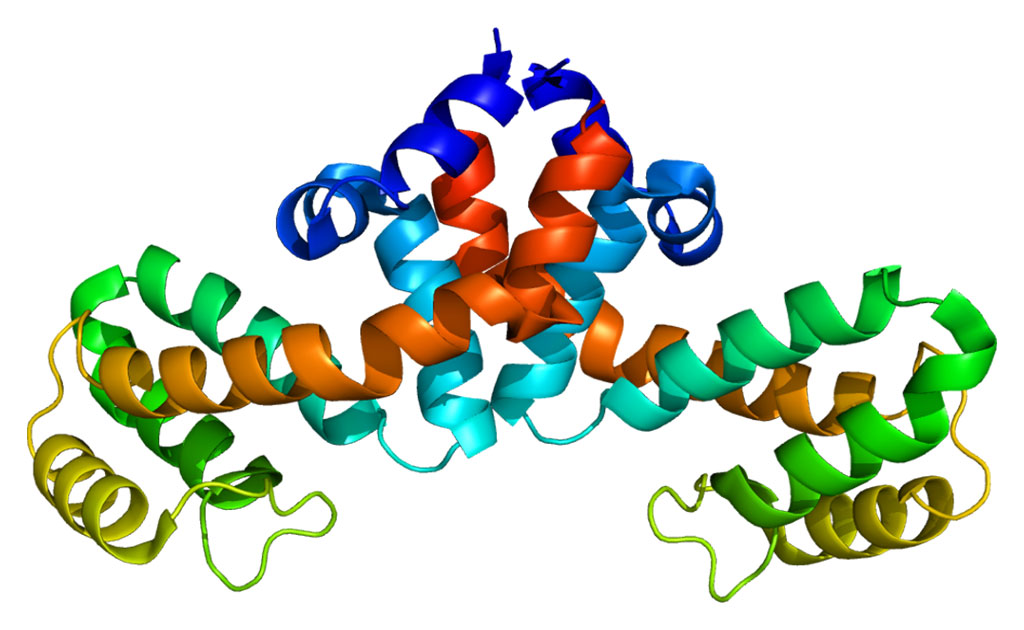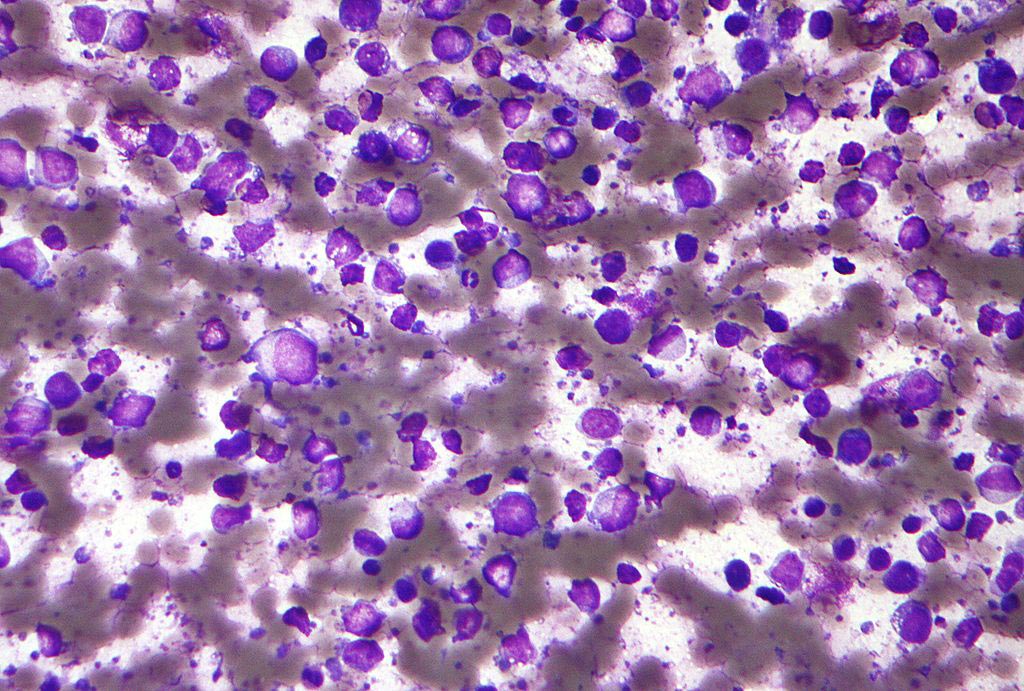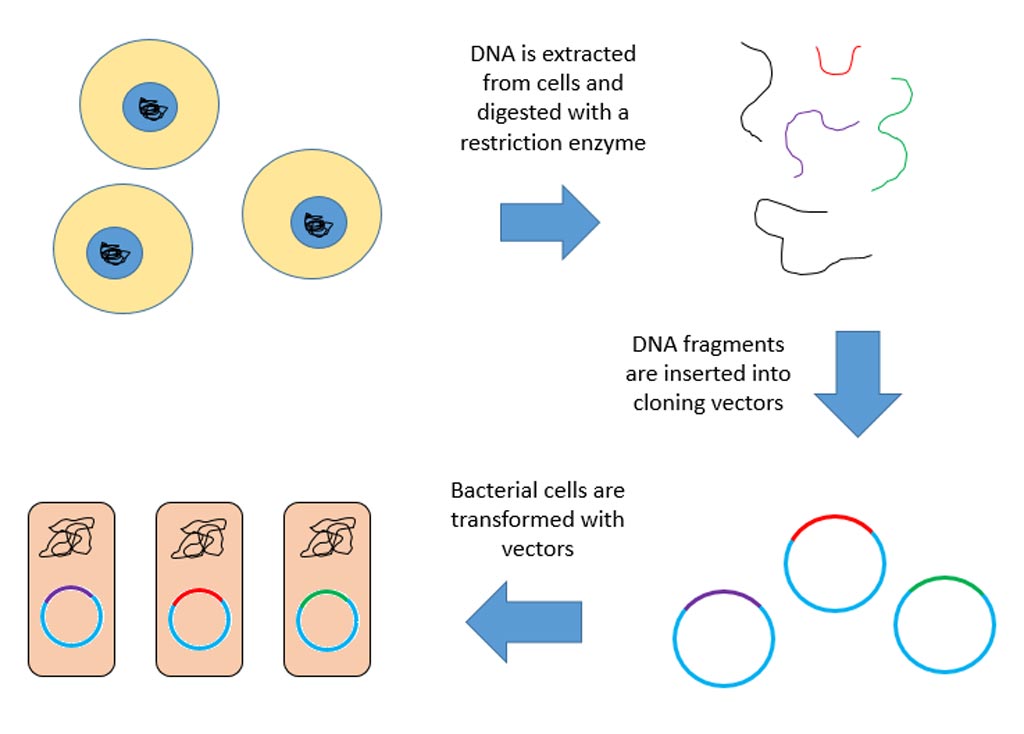Real Time Cell Analysis System Provides Data on Drug Cytotoxicity
By LabMedica International staff writers
Posted on 10 May 2010
Drug developers now have access to analytical systems that allow for real time determinations of the effects of candidate drugs on cell viability.Posted on 10 May 2010
An important facet of drug development is to understand how a candidate drug compound affects the molecular and biochemical pathways that regulate cell viability. The other side of the same coin is the need to identify potential cytotoxic side effects of potential therapeutic agents.
To provide a means for collecting critical information on drug cytotoxicity, one of the world's largest biotech companies Roche (Basel, Switzerland), has introduced its xCELLigence System real time cell viability monitoring system. Roche is a world leader in in-vitro diagnostics, tissue-based cancer diagnostics, and a pioneer in diabetes management with a catalogue of differentiated medicines in oncology, virology, inflammation, metabolism, and central nervous system disorders.
The xCELLigence System allows for real-time, label-free dynamic monitoring of cellular phenotypic changes by measuring electrical impedance. The system measures impedance using interdigitated microelectrodes integrated into the bottom of each well of the tissue culture E-Plates 96. Impedance measurements are displayed as Cell Index (CI) values, providing quantitative information about the biological status of the cells, including cell number, cell viability and cell morphology.
Electronic impedance of the microelectrodes is mainly determined by the ionic environment in the regions around the electrodes and can be monitored as baseline impedance by applying an electrical field to the electrodes. The presence of the cells will affect the local ionic environment at the electrode/solution interface, leading to an increase in the electrode impedance. The more cells there are on the electrodes, the larger the increases in electrode impedance. In addition, the impedance change depends on the quality of the cell interaction with the electrodes. For example, increased cell adhesion or spreading will lead to a larger change in electrode impedance. Thus, electrode impedance, which is displayed as cell index (CI) values, can be used to monitor cell viability, number, morphology, and adhesion degree in a number of cell-based assays.
CI was derived as a relative change in measured electrical impedance to represent cell status. This means that when cells are not present or are not well adhered on the electrodes then the CI is zero.
Under the same physiological conditions, when more cells are attached on the electrodes, then the CI values are larger. Thus, CI is a quantitative measure of cell number present in a well of the microplate. Additionally, change in a cell status, such as cell morphology, cell adhesion, or cell viability will lead to a change in CI.
In addition to monitoring cell viability, the xCELLigence System is able to identify culture wells with inappropriate cell numbers at the beginning of the assay, thus minimizing the role of cell seeding and culture-plate edge artifacts during data analysis.
Related Links:
Roche













